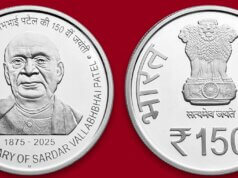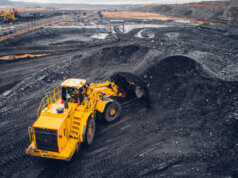The Cabinet Committee on Economic Affairs, under the leadership of Prime Minister Shri Narendra Modi, has approved four multi-tracking railway infrastructure projects proposed by the Union Ministry of Railways. These projects, collectively estimated to cost Rs 18,658 crore, aim to expand the Indian Railways network by around 1,247 kilometres across 15 districts in the states of Maharashtra, Odisha, and Chhattisgarh.
The approved projects include:
- Third and Fourth lines between Sambalpur and Jarapda
- Third and Fourth lines between Jharsuguda and Sason
- Fifth and Sixth lines between Kharsia, Naya Raipur, and Parmalkasa
- Doubling of the line between Gondia and Balharshah
The implementation of these projects will enhance line capacity, thereby improving the overall mobility, operational efficiency, and service dependability of Indian Railways. These multi-tracking initiatives are expected to alleviate congestion and facilitate smoother operations, particularly on high-density routes. This infrastructural augmentation is aligned with the vision of the Prime Minister for a self-reliant India (Atmanirbhar Bharat), aiming at holistic regional development and increasing opportunities for both employment and self-employment.
These developments are a product of the PM Gati Shakti National Master Plan, which emphasizes multi-modal connectivity through integrated infrastructure planning. The plan is structured to enable seamless movement of people, goods, and services by aligning various transportation networks.
As a part of these initiatives, 19 new railway stations will be constructed. These enhancements will notably improve connectivity in two aspirational districts—Gadchiroli in Maharashtra and Rajnandgaon in Chhattisgarh—impacting approximately 3,350 villages and benefiting a population of nearly 47.25 lakh. The Kharsia–Naya Raipur–Parmalkasa corridor, in particular, will provide direct railway connectivity to previously underserved regions such as Baloda Bazar, thereby facilitating the potential establishment of new industrial facilities, including cement manufacturing units.
These corridors are vital for the transportation of key commodities such as agricultural produce, fertilizers, coal, iron ore, steel, cement, and limestone. With the proposed capacity enhancements, Indian Railways anticipates accommodating an additional freight load of approximately 88.77 million tonnes per annum (MTPA).
The projects also underscore Indian Railways’ commitment to environmental sustainability and energy efficiency. By shifting freight transport from road to rail, the initiatives are expected to reduce India’s oil import burden by about 950 million litres, lower carbon dioxide emissions by 4.77 billion kilograms, and contribute to the country’s climate objectives. This reduction in emissions is estimated to have an environmental benefit equivalent to planting 190 million trees. Furthermore, the projects will play a significant role in reducing the nation’s logistics costs and supporting economic growth through environmentally responsible development.
Cover photo: www.freepik.com











